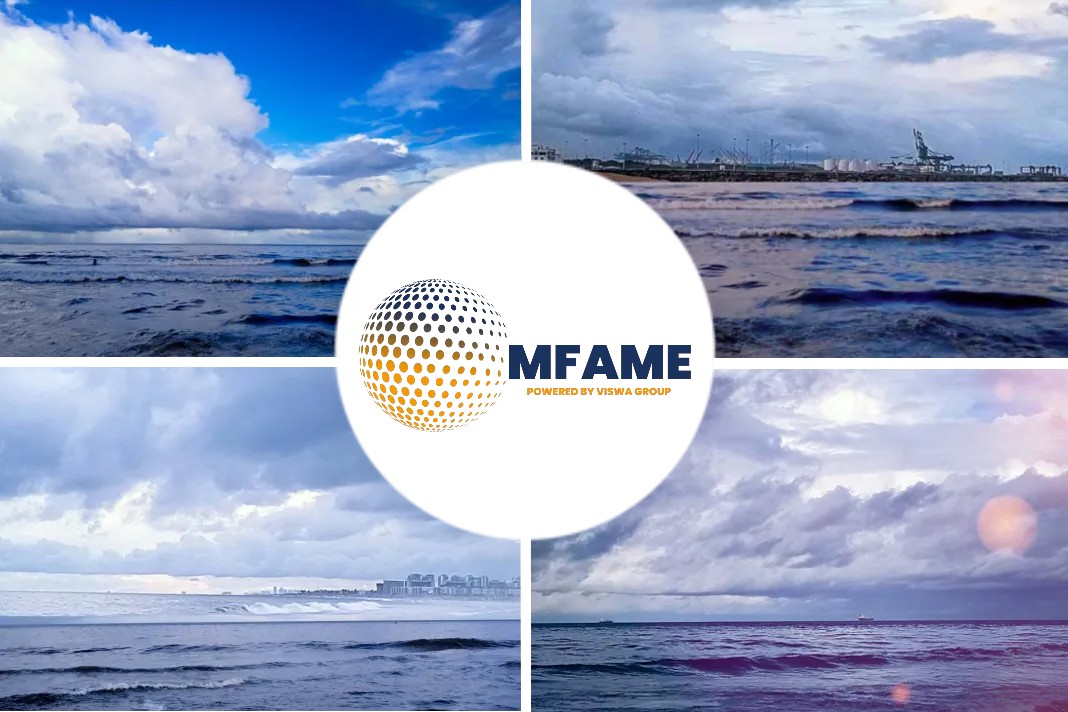- Colombia, Peru, and Bolivia continue to be the world’s top three producers of cocaine.
- International Narcotics Control Strategy Report revealed that Colombia is the largest producer and supplies the most cocaine to North America and Europe by sea transport.
A recent news article published in the Skuld deals with the Colombia Drug smuggling update.
Liquid Cocaine – A Rising Trend in Colombia
Colombia currently accounts for two thirds of the global area under coca bush cultivation and cocaine production, posing a problem for shipowners and operators of vessels departing from Colombian ports. In 2021, the Colombian Navy broke its historical record of drug seizures with 403 tons of illicit substances confiscated.
As port controls become stricter, with ever more significant quantities of cocaine being seized in Latin America and Europe, criminal networks need to innovate.
A report by the European Monitoring Center for Drugs and Drug Addiction (EMCDDA) stated that liquid cocaine is almost imperceptible by scanners installed in ports or airports.
On 5 February 2022, Colombian police seized around 3.5 tons of liquid cocaine at the northern port of Cartagena.
This was the fifth seizure of liquid cocaine since November 2021 and came just one week after the discovery of nearly 20,000 coconuts filled with liquid cocaine, also found in the port of Cartagena, and bound for Italy.
In the latest seizure, the cocaine had been dissolved and mixed in two shipments, one of organic fertilizer and the other of molasses extracted from sugar cane.
Both shipments came from Urabá, a region in north-western Colombia, and authorities said they were destined for the ports of Valencia, Spain, and Veracruz, Mexico.
Cocaine trafficking to Europe is conducted by organised crime groups who have proven to be quick to identify and exploit new opportunities for cocaine trafficking.
This includes taking advantage of new technology and methods to facilitate access to maritime containers loaded with cocaine (e.g., rip-on/rip-off method) and for concealing cocaine (e.g., incorporating liquid cocaine into materials for later extraction).
Evolving the Rip-On/Rip-Off Method
A method which has grown in popularity, the rip-on/rip-off method, is where traffickers avoid profiling by breaking open containers of legitimate exports to ship the drugs, then using cloned customs seals to conceal the tampering.
In most cases, the containers are contaminated as they are waiting to be loaded, meaning traffickers require access to the port areas usually through the recruitment of corrupt drivers, transport companies, stevedores, and container yard workers, to load drugs into containers.
Risks from profiling by hiding drugs
Traffickers also strive to continue to avoid the risks from profiling by hiding drugs in the structure of the container itself – bricks of cocaine are stuffed into cavities in the walls, ceilings, floors, and doors, or in the insulation or cooling equipment of refrigerated containers known as “reefers”.
Authorities have been responding to the rise in these trafficking methods with the use of scanners in ports, which are deployed both at random and because of risk profiling. In some locations, such as the port of Santos in Brazil, traffickers have retorted by contaminating containers that have already been inspected and cracking them open at the last possible moment before loading.
Another comeback utilised by the traffickers is to use “drop offs” or contaminating the containers at sea after the ship has left the port.
Modus operandi
This modus operandi usually depends on extensive corruption among the crew but also involves armed gangs boarding ships and forcing crews to take loads at gunpoint.
Drop offs are now not only happening as ships sail enroute, but also as they pass through the waters of other nations, with sources reporting the state of Falcón in Venezuela as a particular hotspot.
Authorities are tackling this trafficking method using the ship’s GPS device, which gives information on the speed of the ship. If a ship suddenly slows down or stops, an alarm sounds.
Traffickers explore new techniques
The ever-evolving traffickers, however, are already exploring new options such as the “switch” technique, which consists of swapping drugs to “cold” or non-flagged containers in transit – this risk is especially high in Panama.
Skuld’s correspondent in Colombia, A&A Multiprime, has published an updated report on drug smuggling in Colombia. The report addresses the following:
- Most common strategies/methods currently used by drug traffickers
- Trafficking routes from Colombian ports
- Advice to shipowners on preventative measures
- Recommended actions to be taken if drugs are found on board
Did you subscribe to our daily Newsletter?
It’s Free! Click here to Subscribe
Source: Skuld



















